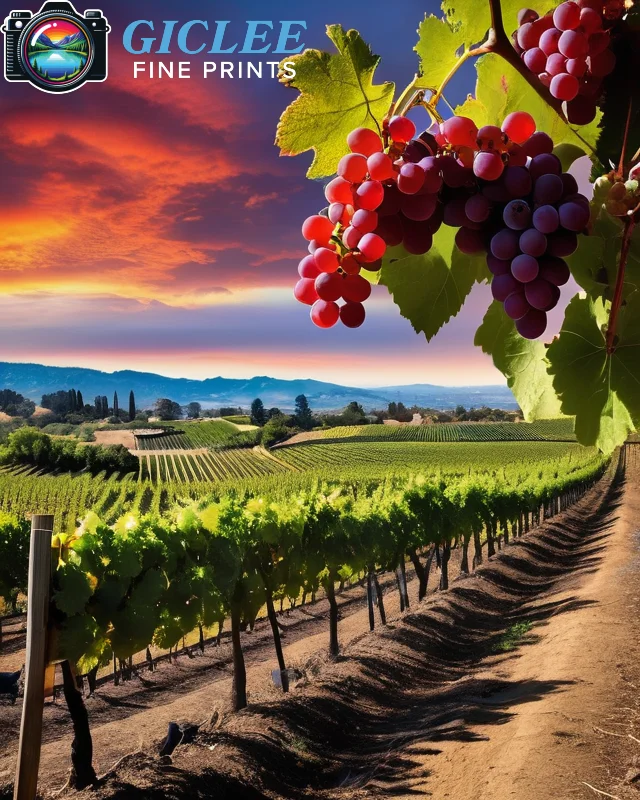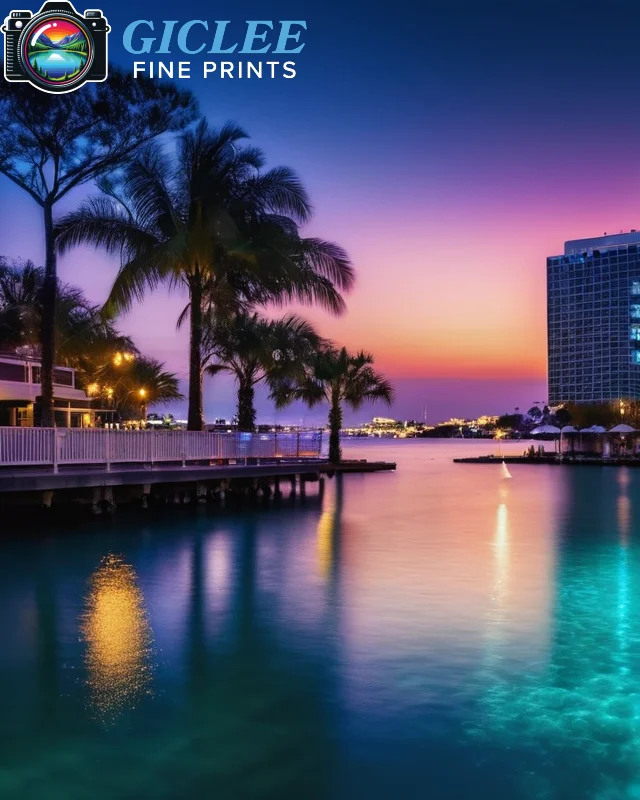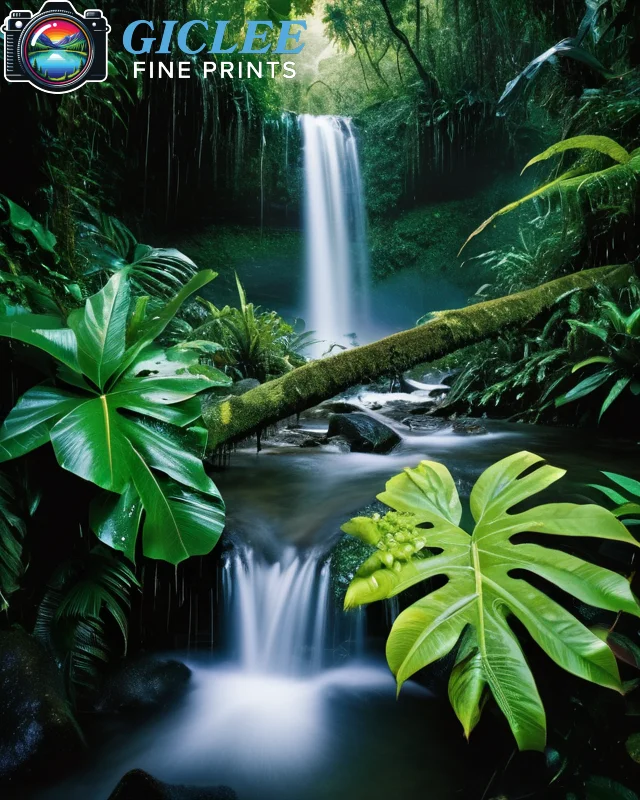
Prints on canvas, fine art paper, metal, or peel-and-stick wall art already look amazing, but did you know you can make them even more special with underpainting? Underpainting is when you add layers of paint on top of a printed image to give it more texture, depth, and color. At Giclee Fine Prints, we encourage artists to try this technique to turn regular prints into unique works of art.
What Is Underpainting?
Underpainting usually refers to the first layers of paint applied in a painting before the main details. For prints, it’s a little different. You start with a print—like a photo or digital artwork—and then add paint on top to make it look even better. This can help you:
- Make contrast stronger by adding darker shadows and brighter highlights.
- Add texture using brushstrokes or palette knives to make it feel more like a painting.
- Change the mood of the picture by adjusting the colors (turning a cool tone into a warm one, for example).

Choosing the Right Print Medium
Different print surfaces work better with different types of paint. It’s important to choose the right surface for your painting technique.
- Canvas: The texture of canvas is perfect for painting. You can use acrylics or oils, and they will blend well with your print.
- Fine Art Paper: This is more delicate, so use lighter paints like watercolor or gouache to gently enhance details.
- Metal Prints: Since metal is smooth, it needs a special primer and paint that sticks well to its surface.
- Peel-and-Stick Wall Art: This surface works best with lighter paints like markers, colored pencils, or water-based paints that won’t damage the sticky back.
Preparing Your Surface
Before you start painting, make sure your print is ready. Here’s how to prepare your print for painting:
- Clean the surface to remove dust or fingerprints.
- Test a small area first to see how the paint reacts with the surface.
- Apply a protective layer like clear gesso if needed. This will help the paint stick better.

Techniques to Try
Underpainting is all about experimenting! Here are some fun ways to start:
- Subtle Enhancements: Lightly paint over shadowed areas to add depth without covering too much of the original print.
- Layered Textures: Use a palette knife or dry brush on canvas prints to create textures that pop out.
- Selective Focus: Darken parts of the background or soften the edges to bring attention to the main subject of the print.
- Mixed Media: Combine paint with other materials like gold leaf, ink, or pastels to make your print even more unique.
Sealing and Protecting Your Artwork
Once you’ve finished underpainting, it’s important to protect your artwork to keep it looking good for years to come.
- Use a UV-Resistant Varnish to protect your colors and prevent fading.
- Frame your print properly: For canvas, try using a floater frame to show off the painted texture. Fine art paper prints can be mounted in a special frame to keep everything safe.
Contact Us
Our address is: 3816 Pioneer Trail Ste #3, South Lake Tahoe, CA 96150
Email: Info@gicleefineprints.com
FAQs
Not all paints work well on every print. Acrylics are a good choice for most surfaces, while oils may need a primer. Watercolors work great on fine art paper and canvas, and metal prints need special paint.
If you do it carefully and use the right materials, underpainting shouldn’t damage your print. Always test a small area first!
It’s easier to take the print out of the frame before painting. For canvas prints, consider a gallery-wrap style so you can paint directly on the stretched canvas.


